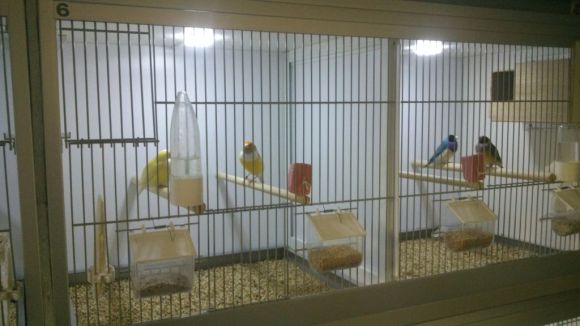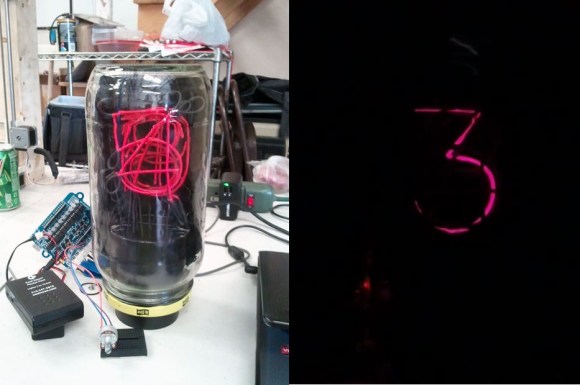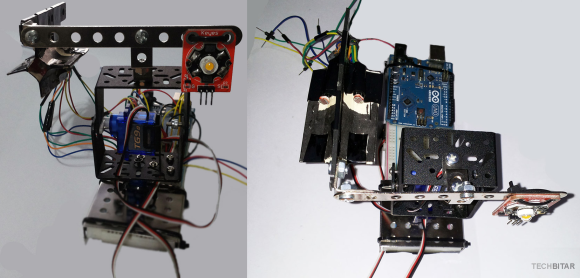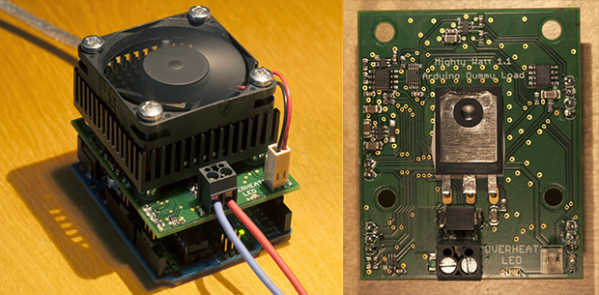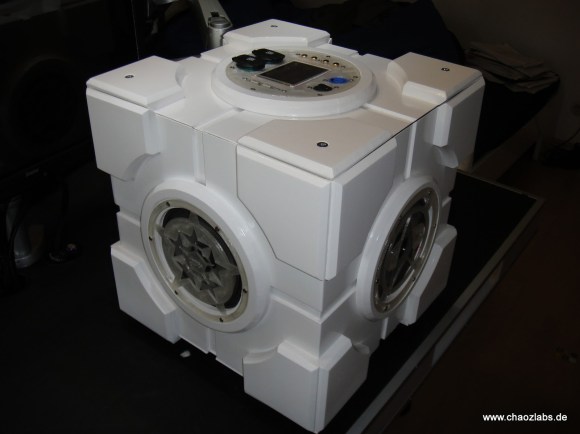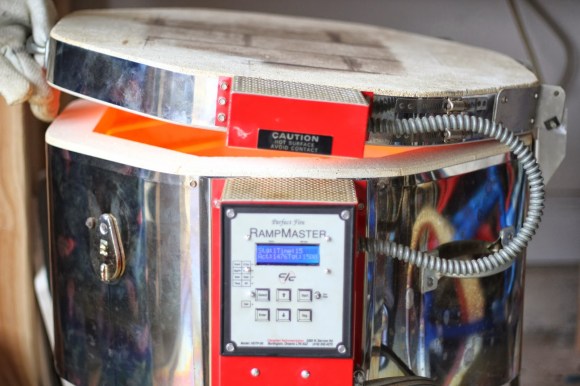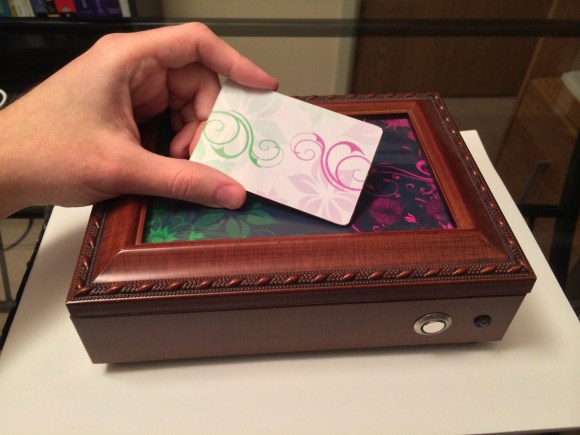
[Mike Buss] wanted to make his girlfriend something unique for her upcoming birthday — she had mentioned she wanted something to keep small mementos in, but [Mike] decided to step it up a notch on the awesomeness scale.
You see, a few years ago [Mike] read about the Reverse Geocache Puzzle by [Mikal Hart], which is an awesome box that gives you feedback as to how far away you are from the “secret” location that the box will open at — To raise the stakes however, if you ask for the distance more than 20 times it locks itself forever! Now, unfortunately, a memento box wouldn’t be very useful if you had to go to a secret place every time you wanted to open it… so [Mike] decided to secure it another way, using RFID!
It makes use of an Arduino, a Parallax RFID Reader, a micro servo, a button, an RGB LED, and a cleverly designed latch made of a metal eye hook and small copper rod. Since the box is battery powered, [Mike] has added an extremely clever fail safe mechanism. The 9V battery inside includes two extra contacts to the outside of the box via small screws. Completely inconspicuous, but if the battery is dead, simply hold a new 9V to the screws with the RFID card in place, and bam, the box opens!
We’re pretty sure she’s going to like it — check it out after the break!

